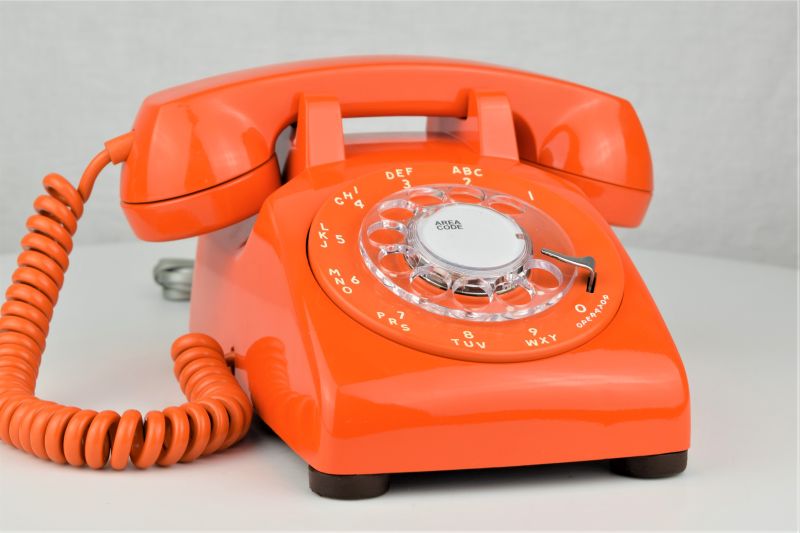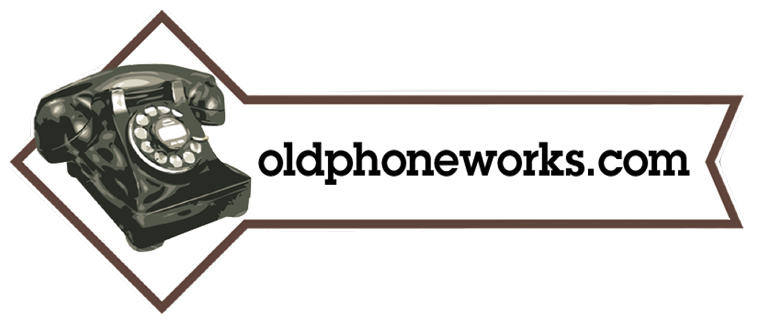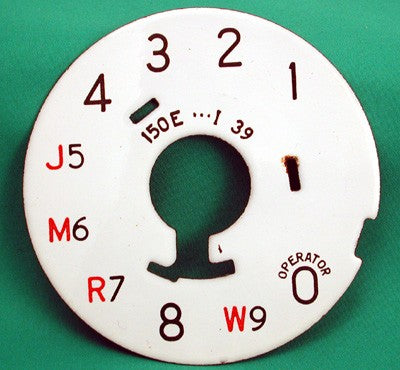Western Electric
20701Western Electric 150e Party Line Dial Plate
Western Electric 150e Party Line Dial Plate
Couldn't load pickup availability
J M R W were suffixes used on the station numbers on certain manual (non-dial) common battery exchanges that had 10000 line switchboards with 4 subscribers on each line. In metropolitan areas where there was a mixture of dial and manual telephones because the transformation from manual to dial service was in progress and still had not been completed, the DIAL phones were provided with dials with these letters so they could call the MANUAL subscribers who did not yet have dial telephones.
The conversion from manual to dial often extended over several years. Washington, DC for example started this conversion with its first dial exchange which was cut into service on May 3, 1930. But this conversion did not complete until the last manual exchange was converted to automatic dial operation on April 23, 1949 - some 19 years later. Chicago started its conversion in the early 20s, but it did not complete until 1957.
The dial subscriber, when calling a number that was connected to a dial exchange, dialed the number. WHEN CALLING PHONE NUMBER CONNECTED TO A MANUAL EXCHANGE, HE DIALED THE NUMBER - including the suffix letter if the called party was on a party line. This dialed number appeared on a display on the manual operator's switchboard. The numerical digits told her to connect the call to the specific line with that number. If there was a suffix letter that letter dialed told her the party line code (or ringing frequency) to apply to ring the specific party on that line.
When nationwide direct distance dialing began in the US in 1951, there were still a few manual xchanges in larger cities that were still in service. From Englewood, NJ where DDD was first offered, subscribers could call manual party line subscribers in those few large cities that still had some manual service by dialing the 3 digit area code plus the 2 letter, 5 numeral number plus the one letter party code suffix. The party line suffixes were also found on the full alphabet dial. J, for example, was one of the letters JKL with the digit 5. So in effect you dialed 5 to add the J suffix. This meant that the subscriber had to dial 11 digits rather than the normal 10 for calls to phones that still had non-dial manual service.
(These very large cities used full alphabet dials rather than dials with numbers only plus these 4 letters. The latter were used in medium size multi-exchange cities where the telephone numbers were all numerals (usually 5 or 6 numerals), plus the party line letter for the manual subscribers.).
When these last manual exchanges were converted to dial the letter suffixes for party line subscriber designation disappeared. Each party line subscriber then had a distinct telephone number usually totally different from the numbers of others on that same party line.
(150E explaination courtesy of Roger Conklin)
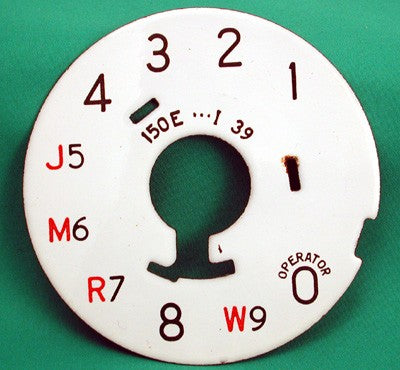
-
Shipping
Learn MoreWe ship Monday to Friday. Parts orders received before 9am will generally go out the same day.
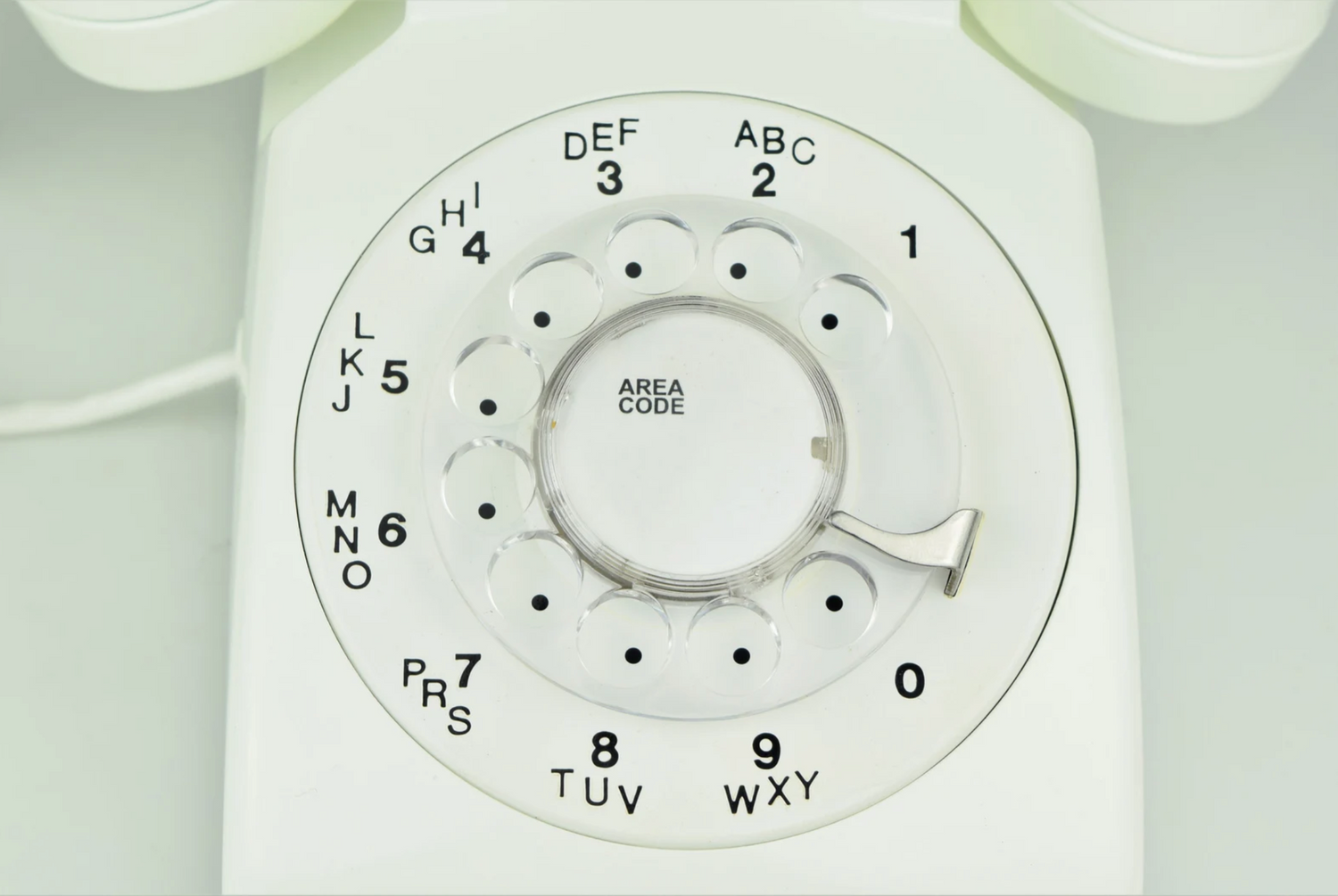
Hassle-free returns within 14 days of purchase.
Access our 90-day parts and labour warranty for manufacturing defects.

Shipping
We ship Monday to Friday. Parts orders received before 9am will generally go out the same day.
